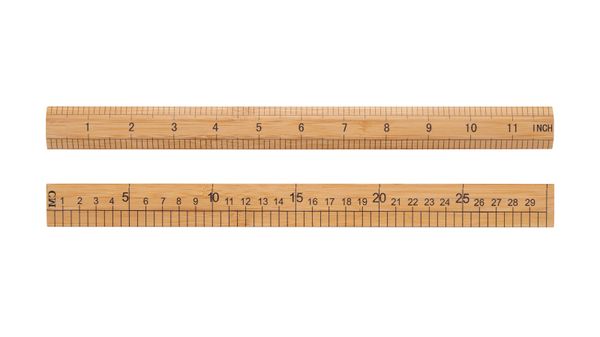
A long time ago in a galaxy far, far away, people apparently used the metric system.
The climax of the original "Star Wars" movie hinges on a weak point in the evil Empire's greatest battle station: The Death Star. According to General Jan Dodonna of the Rebellion, all that's required to blow the whole thing up is a proton torpedo fired directly into "a small thermal exhaust port."
Advertisement
How small are we talking? "The target area," says Dodonna, "is only 2 meters wide."
That might be a little hard to visualize if you grew up measuring things in feet rather than meters.
As most of us know, the meter is a unit of length. Like the kilogram, it's part of the International System of Units (abbreviated as the "SI"). The metric system is another name that this goes by.
The foot is an alternative length unit. Used in the United States Customary system of measurement, it's decidedly less popular at the global level. But considering Uncle Sam's fondness for the foot, being able to convert feet into meters — and do the reverse — is an important skill.
Let's go off-world and return to the Death Star. If the previously mentioned exhaust port is "2 meters wide," how many feet is that?
There are two different ways to figure this out. The first one's a little bit easier, but it comes with an asterisk.
Here's a piece of information that's critical: 1 meter is equal to 3.28084 feet (for simplicity, we'll call it 3.28 feet).
Advertisement


